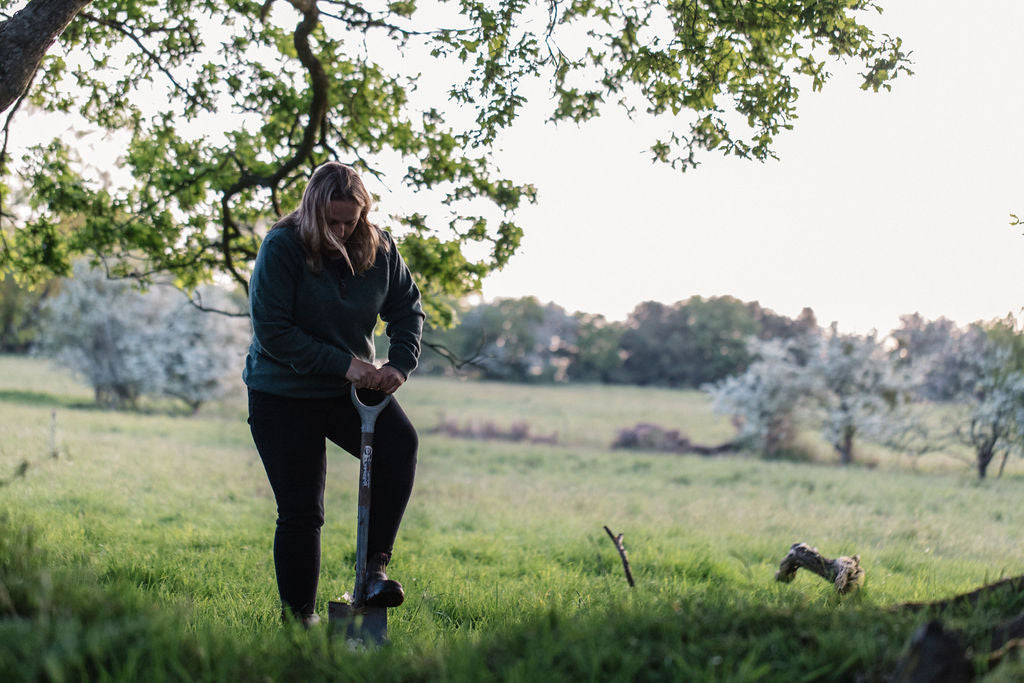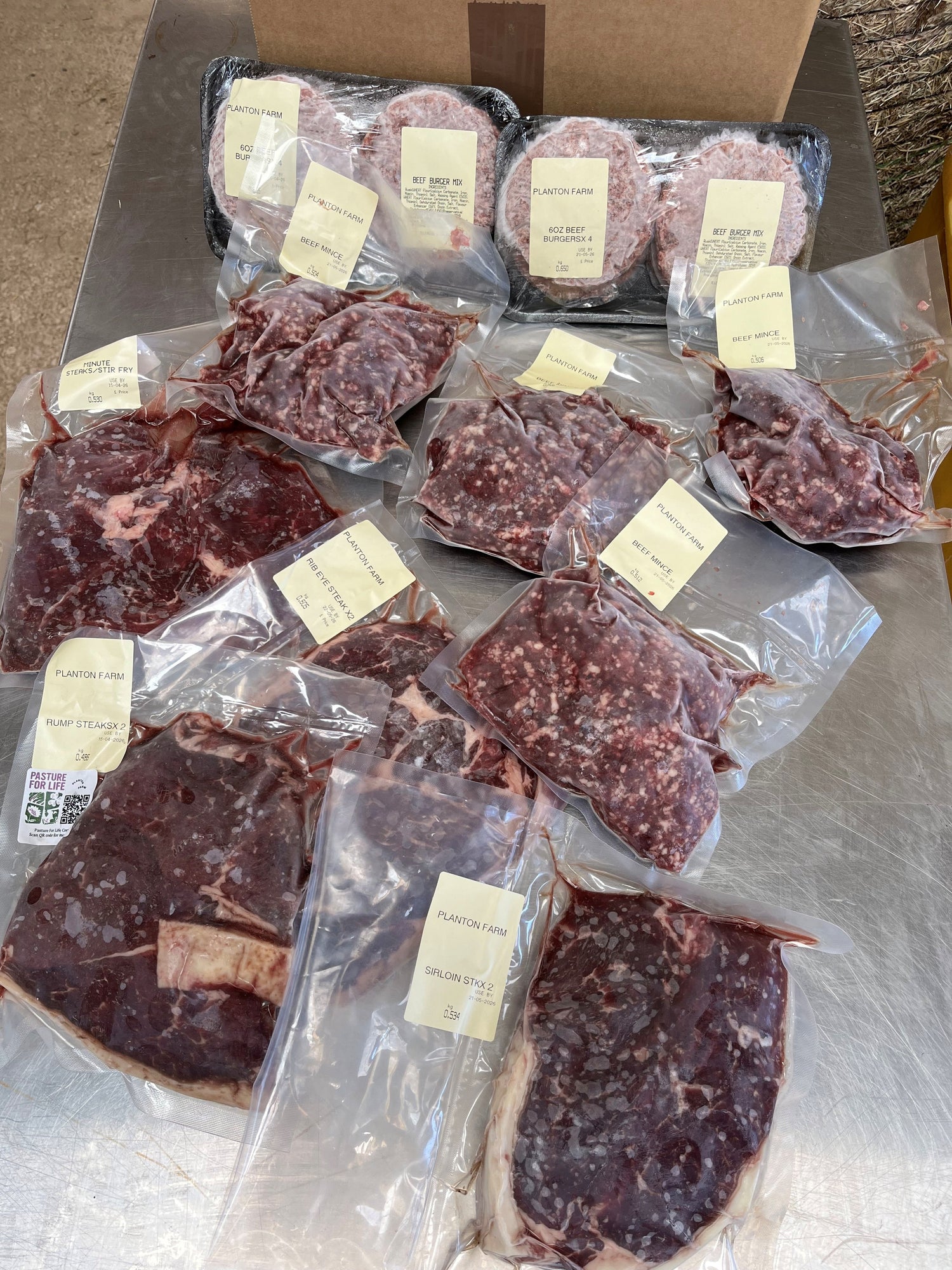
What Is Regenerative Agriculture? - Our Perspective
Share
Regenerative farming is the basis of a food system that regenerates life.
Since the Second World War, technological advances in machinery, chemicals, and monoculture farming have brought unintended consequences: declining soil health, water pollution, increased crop and animal disease, lower nutrient density in food, and land more vulnerable to floods and droughts.
Often, we talk about “protecting nature” as if we are separate from it. But we are nature—caring for the land means caring for ourselves and each other. Recognising this interconnectedness helps us make decisions that support natural processes and build more resilient farms.
Beyond the Six Principles
Many people look to the “six principles” of regenerative agriculture as the guiding hand for their farming journey. These are often listed as:
- Don’t disturb the soil
- Keep the soil surface covered
- Keep living roots in the soil
- Grow a diverse range of crops
- Bring grazing animals back to the land
- Know your context
While these are widely accepted and incredibly valuable, at Planton Farm we see them as practices rather than true principles. They are important tools, but if we are to achieve genuine regeneration—the heart of regenerative agriculture—we need to move beyond a checklist of actions.
Regeneration is not just about what we do, but how and why we do it. This is why we work with the Levels of Regenerative Agriculture framework, as described by Ethan Soloviev. Working at level three currently, this approach encourages us to look deeper: to question our mindset, our relationship with the land, and the systems we are part of. It’s about moving from simply “doing less harm” to actively creating conditions for life to thrive—on our farm, in our community, and across the food system.
Sometimes, it can feel as though the popular abbreviations—“regen ag” or “reg ag,” especially common across Europe—risk diluting the true essence of this movement. The shorthand is convenient, but it can obscure the heart of the matter: regeneration. At its core, regenerative agriculture is about restoring degraded land and ecosystems, not just tweaking practices or adopting a new label. The full phrase reminds us that this is a living process—one rooted in healing, renewal, and the ongoing work of bringing vitality back to places that have been diminished.
Context and Continuous Learning
At Planton Farm, we aim to contribute to regenerative food production in the most effective way we can. For us, this means growing and producing nutrient-dense food while regenerating our soil, biodiversity, and watersheds. Contextual thinking is essential—each farm is unique, and so is each regenerative journey. There are no generic steps; regeneration is a process of continuous learning, observation, and adaptation.
Watersheds and Mimicking Nature
Managing land means managing watersheds—ensuring water is held in the landscape during droughts and released slowly during heavy rains, all while keeping it clean and free from chemical residues. We strive to mimic nature, drawing inspiration from the historic wood pastures of England, where diverse plants, animals, and fungi coexisted in abundance. Our suckler herd, pigs, and chickens play their part in recreating these dynamic, species-rich ecosystems.
Diversity as a Catalyst
Diversity is key. At Planton Farm, we’ve moved from a set-stocked sheep farm to a diverse perennial and livestock system. Healthy soil is our foundation, but we also focus on regenerating biodiversity—vital in a country as nature-depleted as the UK. Animals, whether farmed or wild, are integral to ecosystem function, and how we care for them shapes the health of the whole system.
Regenerative agriculture is not a destination, but a journey—one that asks us to look beyond practices and embrace a mindset of regeneration at every level.
